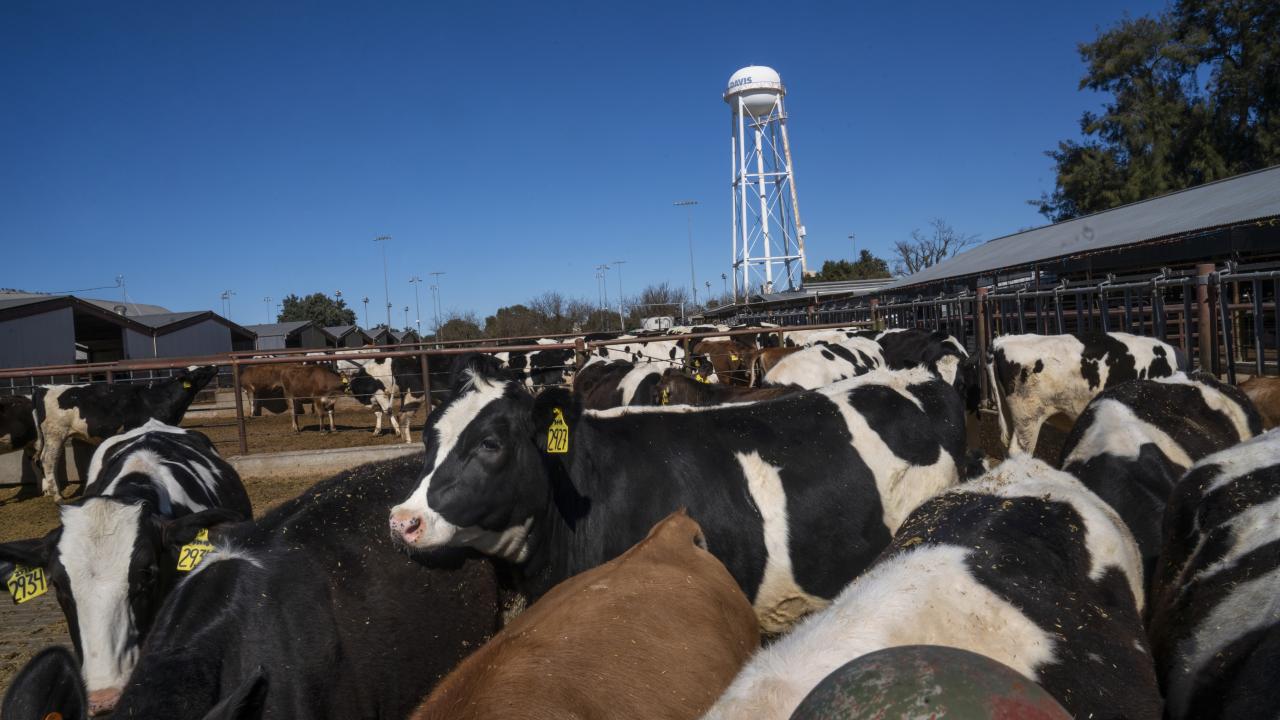
Land-Grant Universities Continue to Shape American Agriculture
National parks have been called America’s best idea. No argument here, but I’d nevertheless like to add something to the short list of the United States’ strokes of brilliance: land-grant universities.
These specialized centers of learning and research have done much to shape the nation we know today. Distinctly American, they were ushered in by President Abraham Lincoln and the Morrill Act of 1862. Once written into law, the Morrill Act gave federal land to U.S. states and territories for the purpose of establishing colleges dedicated to farming and a few other curricula deemed useful, including engineering and military operations. As it was written, they were intended to “promote the liberal and practical education of the industrial classes in the several pursuits and professions in life.”
The focus alone was a revolutionary concept. At the time land-grant universities were envisioned, colleges at home and abroad tended toward the more esoteric — and arguably less utilitarian — subjects of philosophy, mathematics, Latin, Greek, etc. Immersing oneself in them was no doubt noble, but it was a luxury few could afford.
Sowing the Seeds of Change
From the start, land-grant universities were much more democratic. They flew in the face of the brand of postsecondary education reserved primarily for wealthy white men by welcoming students wanting vocational education. It was — and is — education that directly benefits society by nurturing the industries needed by all; farming, for example.
Indeed, especially where agriculture is concerned, land-grant universities support an industry the public literally can’t do without. The education, research and cooperative extension provided by these colleges have done much to make America’s agriculture industry — and its many players — the envy of the world. Yet, land-grant universities don’t act in a vacuum. Instead, ag schools rely on and seek out public and private partnerships that allow their work to continue, making it more productive at the same time.
Its benefits not withstanding, the federal gift of land spelled out in the Morrill Act of 1862 is not without controversy or black marks; they’ve been documented at length. And yet, the legislation jumpstarted higher education by giving funding and acreage to each state and territory as part of the first federal aid package designed to support and make accessible college-level learning. It effectively sowed the seeds of a system that would teach — among other things — agriculture, at the same time inventing ways of to make farming better and more sustainable. Fortunately, both critical missions continue to this day.
In short, the act allowed the recipients of federal land to sell it to finance their new universities, which is what many did. And so, in the midst of the national traumas of succession, civil war, Lincoln’s assassination, and enormous political and social unrest, some of our most illustrious universities began: MIT, Cornell, Purdue and the University of California among them. Michigan State University and Penn State University enjoy the distinction of being the first two land-grant universities, but many more would follow, including Clemson; University of Wisconsin, Madison; Virginia Tech; and others. Today, there are more than 100 colleges and universities, including historically Black and tribal colleges, that are arguably descended from the first Morrill Act.
The Morrill Act of 1862 was the first piece of legislation related to land-grant universities, but it was hardly the last. In fact, a steady stream of subsequent laws and policies pushed the envelope on agriculture education and research. For example, the Hatch Act of 1887 established an agricultural experiment station at each land-grant school for the purpose of performing original research aimed at improving agriculture. It also called for each university to have a system by which it could disseminate information to farmers eager to innovate.
The second Morrill Act, passed in 1890, dictated that Black students be included in the United States Land-Grant University Higher Education System without discrimination. Any state with separate colleges for Black and White pupils had to establish or designate a school to teach agriculture, mechanical arts and architecture to Black people.
Less than 25 years later, the Smith-Lever Act of 1914 made it possible for American agriculture to become the most efficient in the world. The federal legislation established a system of cooperative extension in federal land-grant universities, essentially closing the loop on agricultural education, academic research, and implementation of new technology on U.S. farms and ranches. Though cooperative extension, we bring education directly to farms and communities, thus making a difference on the ground as we turn ideas into action.
It was a game-changer.
In the decades that followed, up to and including present time, productivity in American agriculture skyrocketed, along with efficiency. It is my belief that no nation or region can compete with U.S. farmers in these regards. Granted, some of our strength is due to an abundance of natural resources, but the fact that we have been able to use them so well is a testament to agriculture long being a pillar of our education system.
It also speaks to a spirit of cooperation that exists between academia, government, nongovernmental agencies, private industry and of course, our producers. We rely on each other to fuel advances that will allow us to sustainably feed our growing global population and protect our planet as well. It might be extraneous in other disciplines, but in agriculture, it is essential.
Applied Knowledge: Not Just Theory
As one of the many tens — if not hundreds — of thousands of members of the ag industry and the land-grant system, I can say without question there is no place I’d rather be. The cooperation and support we have here in the States is unique and enviable. In my position at UC Davis, I have the privilege of being in the classroom and the lab. I have the even greater honor of being in the field and in conference rooms also, working with growers and businesspeople to help solve issues of global proportions … our food supply and greenhouse gas emissions.
If any one aspect of my job were eliminated, I would be the lesser for it. I think the same can be said of many us who work to make American agriculture better. It’s not perfect, but it works. We exchange ideas, discuss challenges and are driven to find better solutions. Most of all, there is a commitment to the sustainability of agriculture — economic and environmental among them.
Among our many challenges these days is the need to reduce greenhouse gas emissions on farms, particularly as it concerns methane emissions from animal agriculture. Here in my home state of California, I am delighted to say we are moving steadily toward the goal of a 40% reduction by 2030. The expertise of our farmers, the passion of our students, university research, cooperative extension and public-private partnerships are among the reasons we are making such admirable progress.
Having both public and private funding allows land-grant universities like UC Davis, to stay true to our public service roots while also staying ahead of the curve and being competitive and innovative in our research. This funding also ensures that the university and its researchers can respond to today’s needs while simultaneously preparing for tomorrow’s challenges, and this is especially true in agriculture where applied research has direct relevance on the farm and in our food system.
Public and private partners both want research that solves real problems—like reducing methane from livestock or improving drought resiliency in crops. This partnership also can shift the focus from purely academic discovery to research that can be applied and used in the field, or real world, thus driving tangible outcomes and amplifying the impact of that research.
When both public and private sectors invest, it signals that the work we do at UC Davis has broad relevance—from rural communities to global industries and everywhere in between—this applied research has real world applications that everyone can benefit from. Public and private partnerships keep land-grant universities doing what they do best—transforming knowledge into action. And I’m proud to help keep that mission growing.
